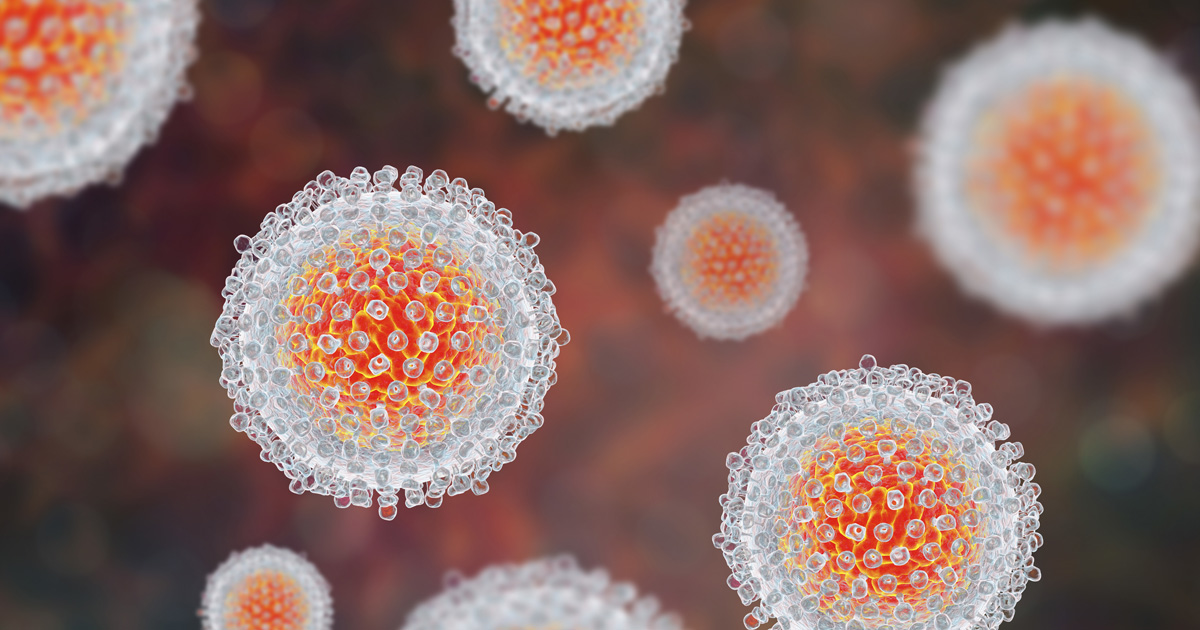Findings support efficacy of kidneys from donors with hepatitis C virus for transplant

Researchers of a recently published study found kidneys from donors infected with the hepatitis C virus functioned similarly to kidneys from donors without the virus 1 year after transplant. In addition, these kidneys are gaining greater acceptance from transplant centers and are increasingly transplanted into recipients without preexisting hepatitis C virus which, according to Peter P. Reese, MD, MSCE, of the University of Pennsylvania, is a “huge change from past practice.”
“The excellent function of these organs should be reassuring to patients and their doctors,” Reese told Healio/Nephrology. “Hepatitis C virus used to be a dreaded infection because treatment options were so bad. Now, direct-acting antiviral treatments have made this infection curable. The medical profession may have work to do to de-stigmatize hepatitis C virus so that patients waiting for transplant consider the option of these organs and sense the new optimism in the field about treatments for hepatitis C.”
Using the Organ Procurement and Transplantation Network data, researchers conducted a retrospective cohort study of patients who received a deceased donor kidney transplant between April 2015 and March 2019. Trends in use of kidneys with hepatitis C virus were examined, while allograft function — determined through eGFR measurements at 1 year — was compared with kidneys not infected.
Researchers found that, during the study period, recipients without hepatitis C virus received a rising proportion of kidneys from donors with the virus (74% of infected donor-kidneys were transplanted into noninfected recipients by the end of 2019) and that the probability of these kidneys being discarded declined over time. In addition, the willingness of kidney transplant candidates to accept an infected donor kidney increased from 2,936 to 16,809.

Regarding organ quality, researchers found infected kidneys had similar 1-year eGFR as non-infected kidneys when transplanted into candidates without hepatitis C virus (66.3 mL/min/1.73m2 vs. 67.1 mL/min/1.73m2), despite that infected kidneys were assigned “much worse” kidney donor profile index scores.
Recipients of infected kidneys with and those without hepatitis C virus also had similar allograft function 1 year after transplant (65.5 mL/min/1.73m2 vs. 71.1 mL/min/1.73m2).
Reese argued that, although these results are promising, a multicenter trial is still needed to precisely define the risks due to some emerging data that the immune system of transplant patients might not be able to fight off other infections if hepatitis C virus is present.
Still, he said, “Kidney transplantation is all about taking reasonable risks to get the reward of avoiding dialysis. This study adds another piece of evidence that hepatitis C virus infection is a reasonable risk in the new era of effective antiviral treatments.” – by Melissa J. Webb
Disclosures: Reese reports investigator-initiated grants from Merck and AbbVie. Please see the study for all other authors’ relevant financial disclosures.
